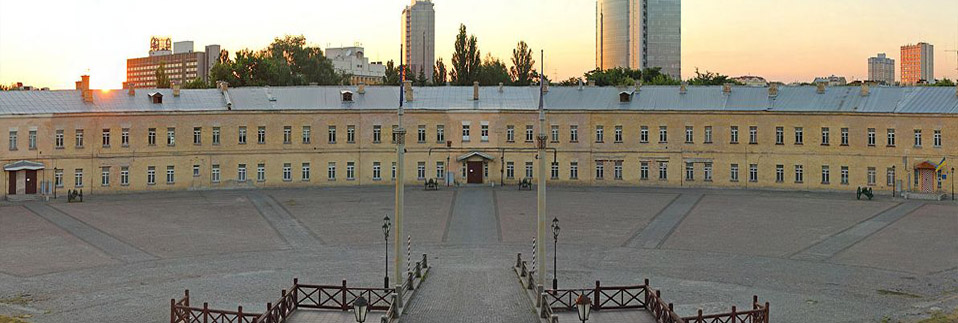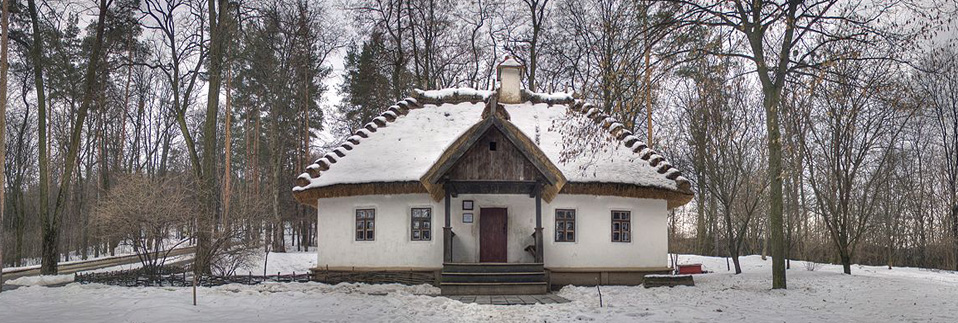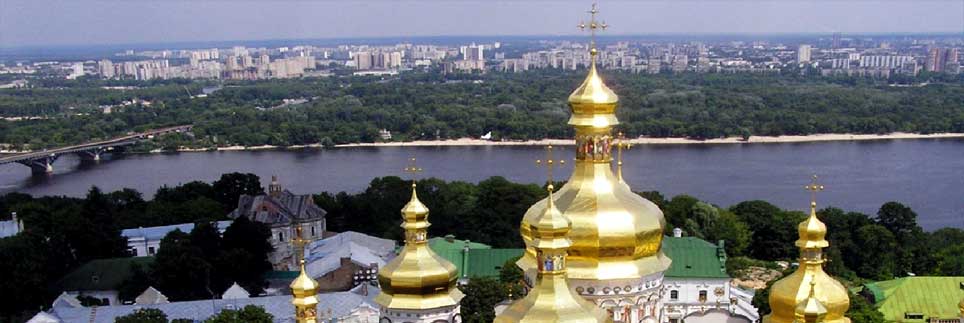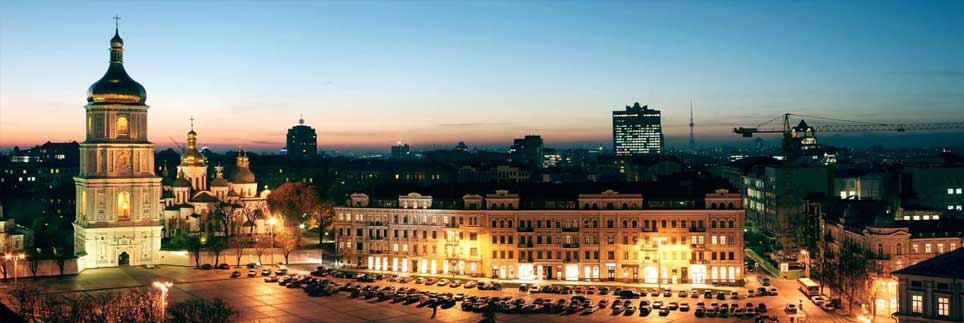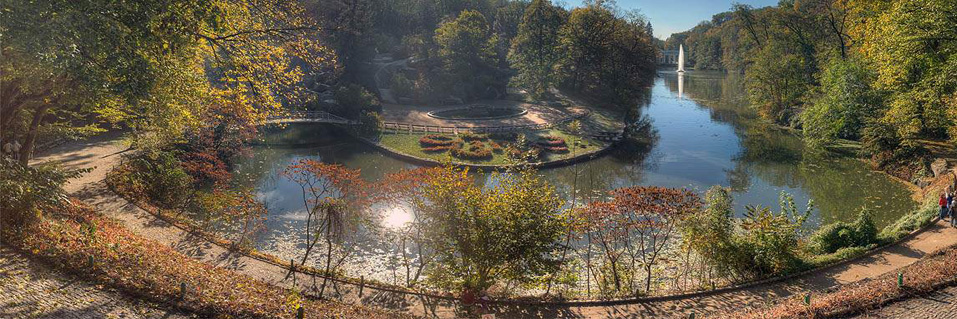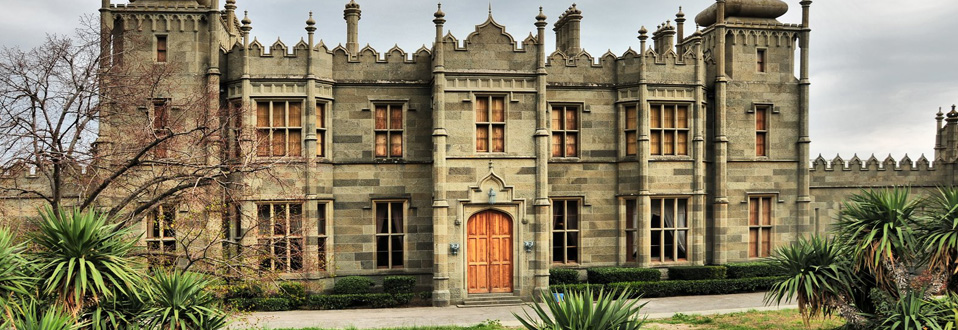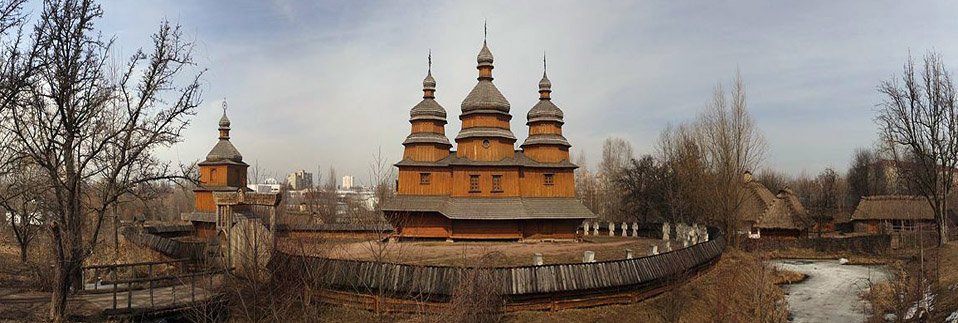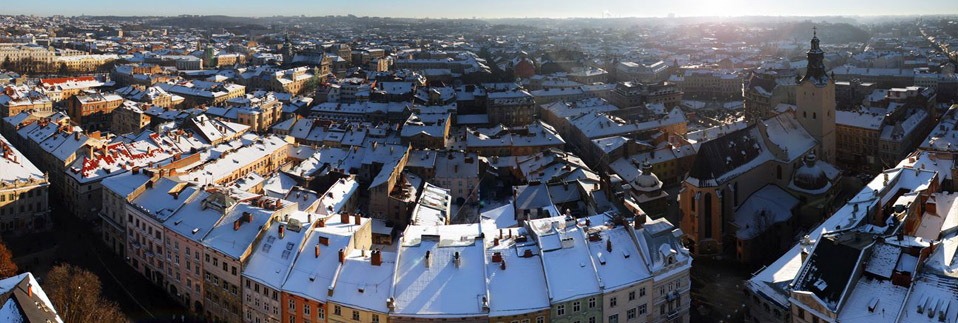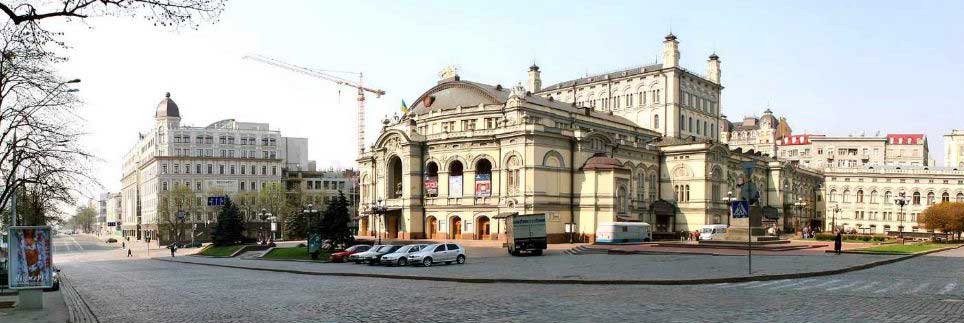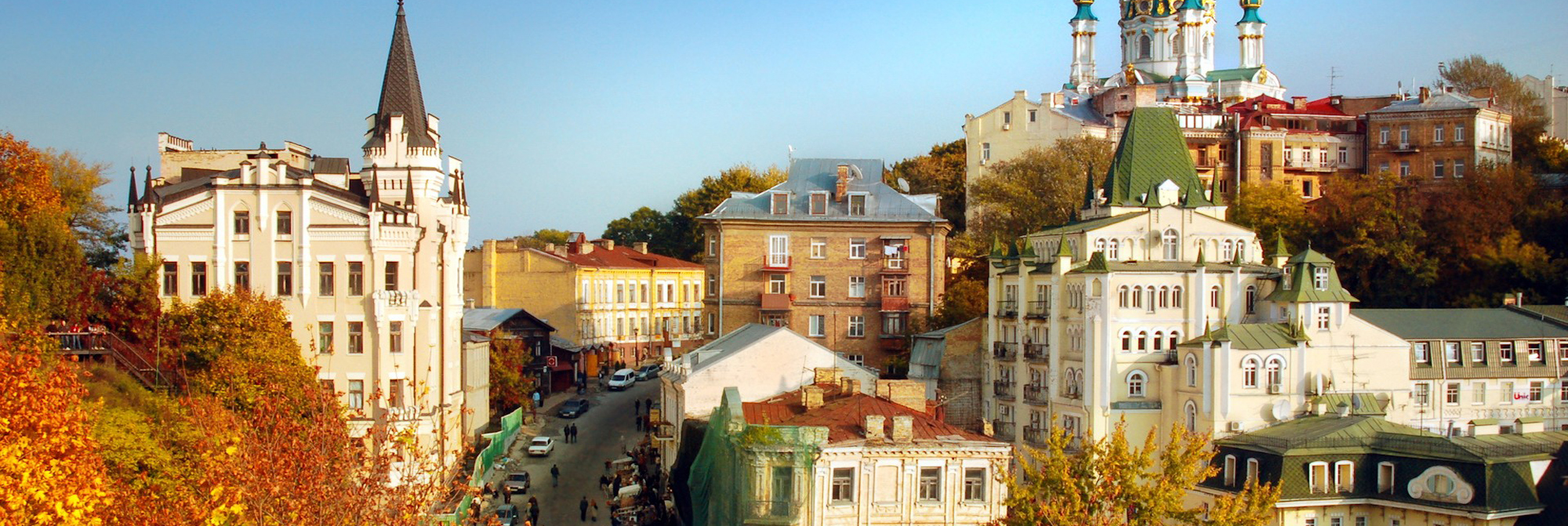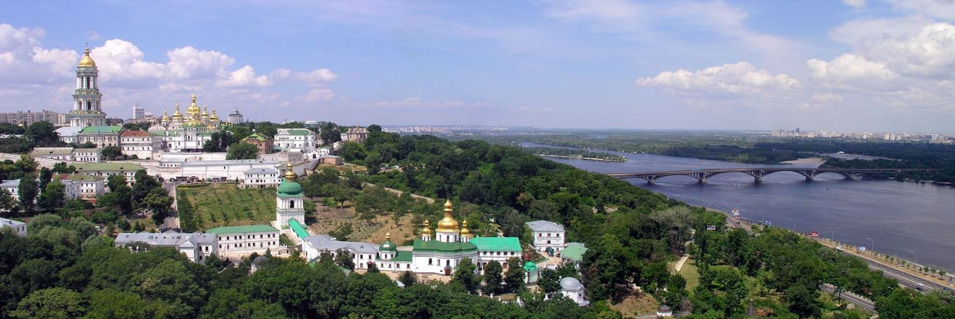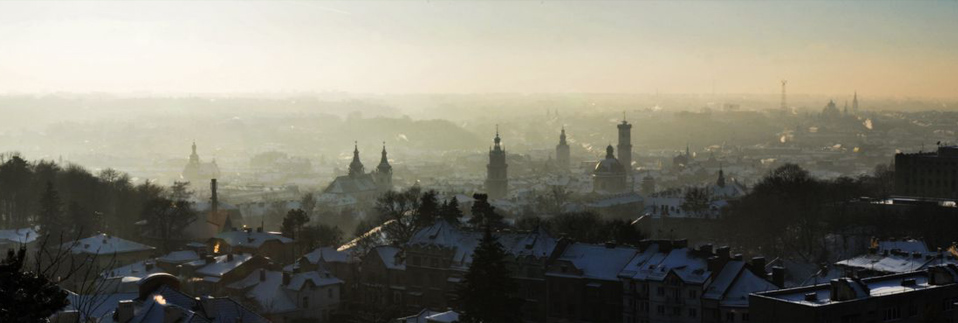Odessa
City Tour Of Odessa
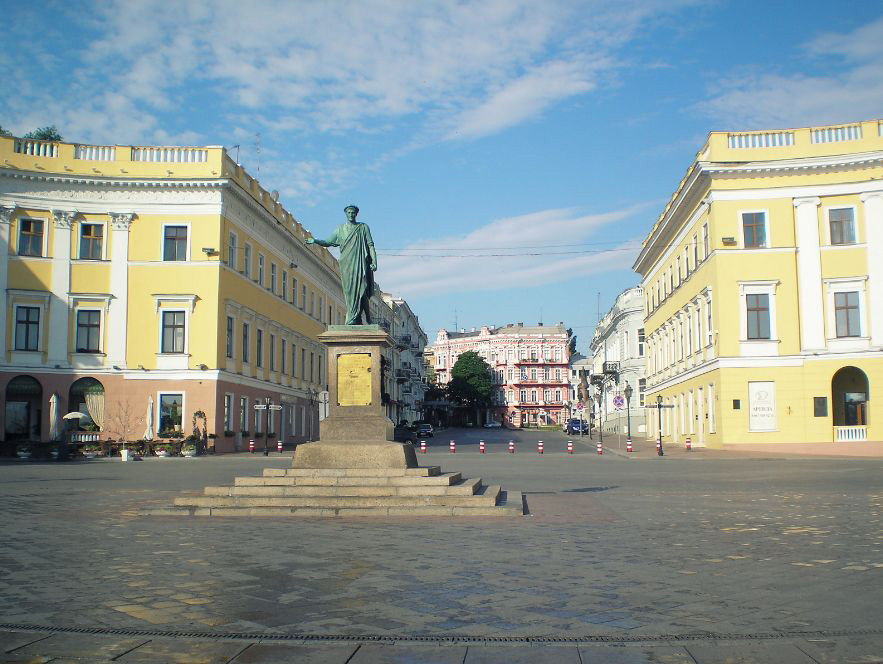 The tour begins with the Seaside Boulevard. Its main sights are:
The tour begins with the Seaside Boulevard. Its main sights are:
- the Potemkin Stairway (Maritime Stairs, 1837-1842, designed by F.Boffo, built in Classical style, 192 steps, 27 m high and 136,5 m long).
- the Cannon, the A.Richelieu monument (1828, sculptor I.Martos), the Pushkin Monument (1889, sculptor Zh. Polonska).
- the Archaeological Museum and the Maritime Museum (1841,architect H.Toricelli, built in the Classical and Renaissance styles).
- Opera and Ballet Theatre (1884-1887, designed by the Viennese architects H.Helmer and F.Felner who constructed theatres in Vienna, Budapest, Dresden, Zagreb. It was built in the Renaissance style with elements of Baroque and decorated with sculptural groups and masks. The interior was designed in the Late Rococo style. It's five-tiered hall holds 1560 persons. Considered to be one of the finest in the world).
The guests will also pass Odessa University named after Mechnikov, then go to the heart of the city - Deribasovska Street. They will admire the old trees of Pushkinska Street and driving along the old section of the city they will pass: the Pushkin Apartment-Museum, the Museum of Western and Oriental Arts (19th c., architect L.Otton), Old Stock Exchange (1829-1837, F.Boffo), New Stock Exchange (1894-1899, A.Bernardazzi), the Philharmonic Society. After that they will pass the railway station which was built after the war to replace the old one destroyed by the nazis. For the tourists it is also interesting to go along Shevchenko Prospect - a new thoroughfare and pass the Polytechnic Institute - the city's second largest higher educational establishment, the Sport Palace and finally to reach Arcadia - a resort district. Along the picturesque Proletarsky Boulevard they will pass the Academician Filatov Institute of Eye Diseases and Tissue Therapy. The last point of the tour is Shevchenko Recreation Park where the Monument to the Unknown Sailor stands in the Alley of Glory.
Persons interested in art and history will definitely enjoy visiting the numerous local museums.
The Odessa Fine Arts Museum
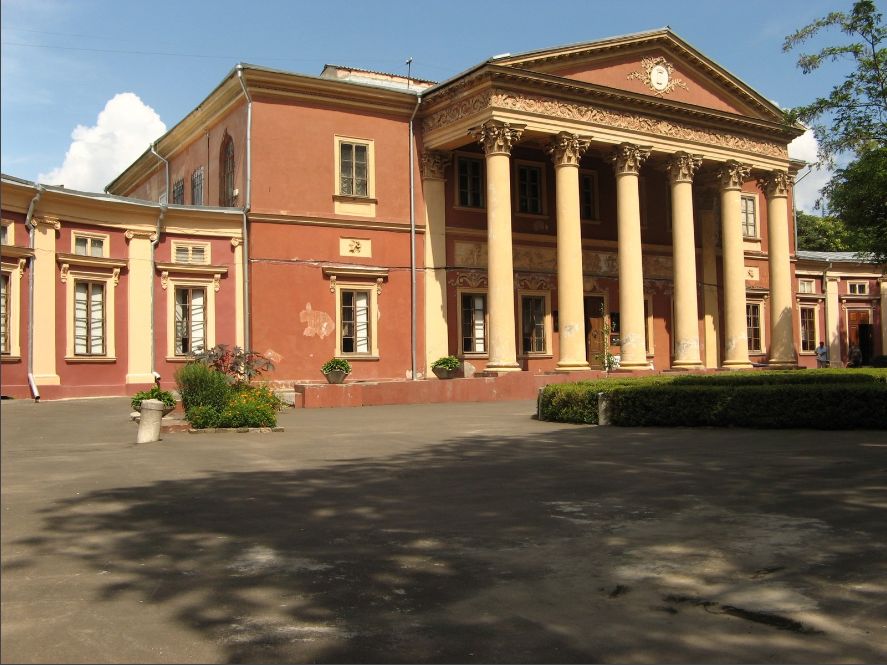 The museum was inaugurated in 1899 on the initiative of the Odesa Fine Arts Association in the palace designed by architect Franz Boffo. The collection reflects the history of painting from the old Russian icons, classical art and onwards the works by the contemporary Odesa artists, developing both the realistic and avant-garde trends.
The museum was inaugurated in 1899 on the initiative of the Odesa Fine Arts Association in the palace designed by architect Franz Boffo. The collection reflects the history of painting from the old Russian icons, classical art and onwards the works by the contemporary Odesa artists, developing both the realistic and avant-garde trends.
The exposition represents paintings by I.Aivazovsky, O.Savrasov, I.Kramskoi, I.Repin, M.Vrubel, and V.Serov. Works by the members of the Association of the South Russian Artists, including such masters as K.Kostandi, P.Nilus, G.Golovkov, B.Eduards, G.Ladyzhynsky, M.Kuznyetsov constitute the unique collection. Besides the museum exhibits the magnificent paintings of late 19th- early 20th centuries including the works by M.Rorich, A.Benz, K.Somov, Z.Serebriakova, and V.Kandinsky.
The modern art section of the museum represents the Ukrainian paintings since 1920-30s including works by P.Volokidin, O.Shovkunenko, and M.Glushchenko.
Address: 5-a, Sofiyivska St.
The Odessa Western And Oriental Arts Museum
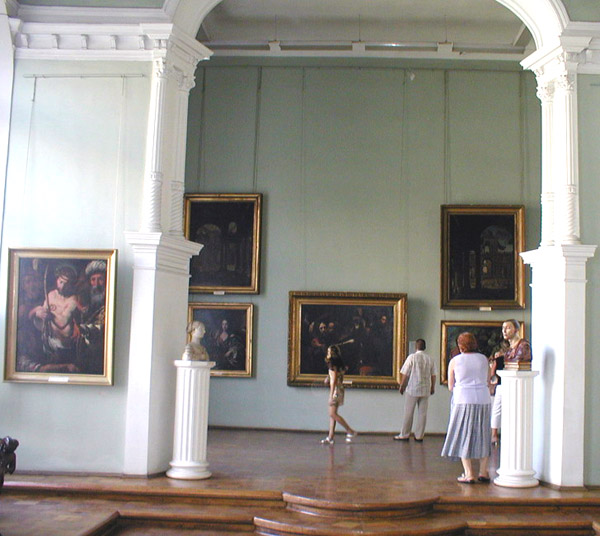 The museum was founded in 1923 on the basis of private collections and acquisitions from the Novorosyisk University Arts Museum and the City Museum of Red Artists. The museum is located in a building of the 19th century, which is an example of fanciful architecture designed by famous I.Otton.
The museum was founded in 1923 on the basis of private collections and acquisitions from the Novorosyisk University Arts Museum and the City Museum of Red Artists. The museum is located in a building of the 19th century, which is an example of fanciful architecture designed by famous I.Otton.
The collection includes replicas of antique sculpture, Ancient Greek ceramics and Roman glassware. The display features the works of Western art from Italy, Holland, France and Flounders: Caravagio, Canaletto, Fr.Hals and Rubens.
The works represents the oriental art from China, Japan, India, Mongolia and Tibet. The museum boasts such rarities as early engravings by Utamaro.
Address: 9, Pushkinska St.
The Odesa Literature Museum
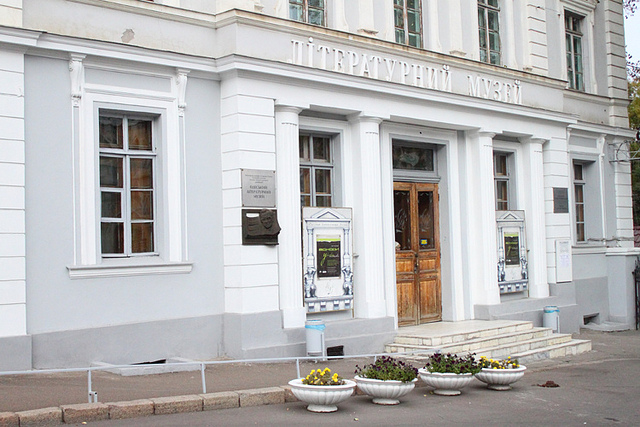 The museum is located in the Palace of Counts Gagarins. The palace was built after the design of the architect L.Otton in late 19th c.
The museum is located in the Palace of Counts Gagarins. The palace was built after the design of the architect L.Otton in late 19th c.
The collection of the museum represents the works by Ukrainian, Russian, Polish, Jewish, Bulgarian, etc. writers and illustrates their links with Odesa. The list includes about 300 names.
Address: 2, Lanzheronivska St.
The Pushkin Apartment-Museum
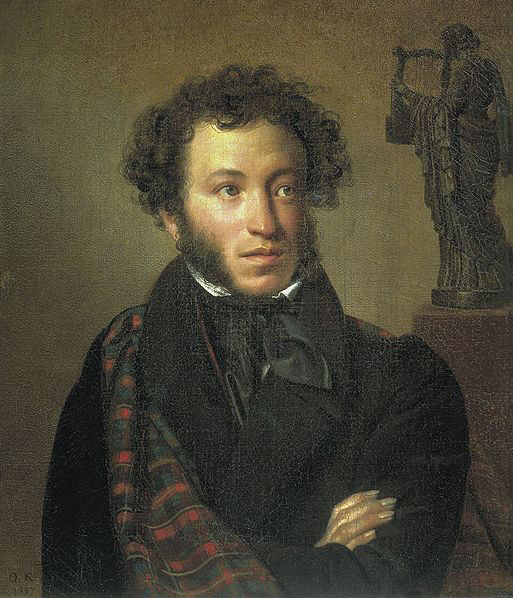 For everybody who loves A.Pushkin and his poetry we can offer a tour under the title "Places where A.Pushkin used to be" that includes the visit to A.Pushkin Museum.
For everybody who loves A.Pushkin and his poetry we can offer a tour under the title "Places where A.Pushkin used to be" that includes the visit to A.Pushkin Museum.
One of the most beautiful streets in the city bears his name. In June 1999 a monument to great Russian poet was erected on the side-walk near the house where he lived and where the museum is located now - Alexandre Pushkin is walking under his beloved plane-trees again.
Address: 13, Pushkinska St.
The Archaeological Museum
 The Museum of Archaeology is one of the richest of this kind. Its exhibits that reflect the history of the peoples of the Black Sea Coast (dating back to the B.C. period), the material culture of the Greek colonies and Roman military settlements, the items of the Scythian Culture as well as the articles of Kyiv Rus are really unique and unforgettable. A specialist can spend here more than one day! Of special interest is a collection of ancient jewellery and coins.
The Museum of Archaeology is one of the richest of this kind. Its exhibits that reflect the history of the peoples of the Black Sea Coast (dating back to the B.C. period), the material culture of the Greek colonies and Roman military settlements, the items of the Scythian Culture as well as the articles of Kyiv Rus are really unique and unforgettable. A specialist can spend here more than one day! Of special interest is a collection of ancient jewellery and coins.
Address: 4, Lastochkin St.
FULLDAY TRIPS. Belgorod-Dniestrovskyi Fortress
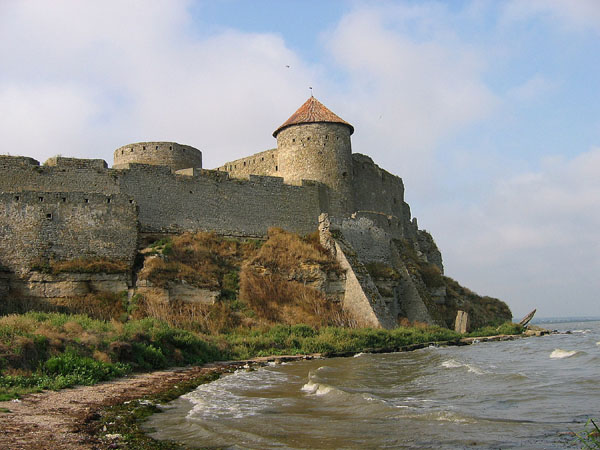 Bilhorod-Dnistrovskyi (85 km. From Odesa) is one of the oldest towns in Ukraine (2500 years). Of exceptional interest is the fortress - a priceless medieval historical and architectural monument. It is located on the high bank of the Dniester estuary on the foundations of the antique town of Tyra (5thc.B.C.). In 1433-1454 the fortifications were renovated by the Turks, the round towers were connected with high ramparts to form enclosed citadel with inner courtyards and the fortress got the name of Akerman.
Bilhorod-Dnistrovskyi (85 km. From Odesa) is one of the oldest towns in Ukraine (2500 years). Of exceptional interest is the fortress - a priceless medieval historical and architectural monument. It is located on the high bank of the Dniester estuary on the foundations of the antique town of Tyra (5thc.B.C.). In 1433-1454 the fortifications were renovated by the Turks, the round towers were connected with high ramparts to form enclosed citadel with inner courtyards and the fortress got the name of Akerman.
After 1812 the fortress continued to be one of the strongholds of the south frontier defence system of the Russian Empire at least 20 years onwards.
The archaeological excavations are still going on, the fortress opens every day something new to the scientists.
This tour usually includes typical Ukrainian lunch with the wine-tasting in the village Shabo.


